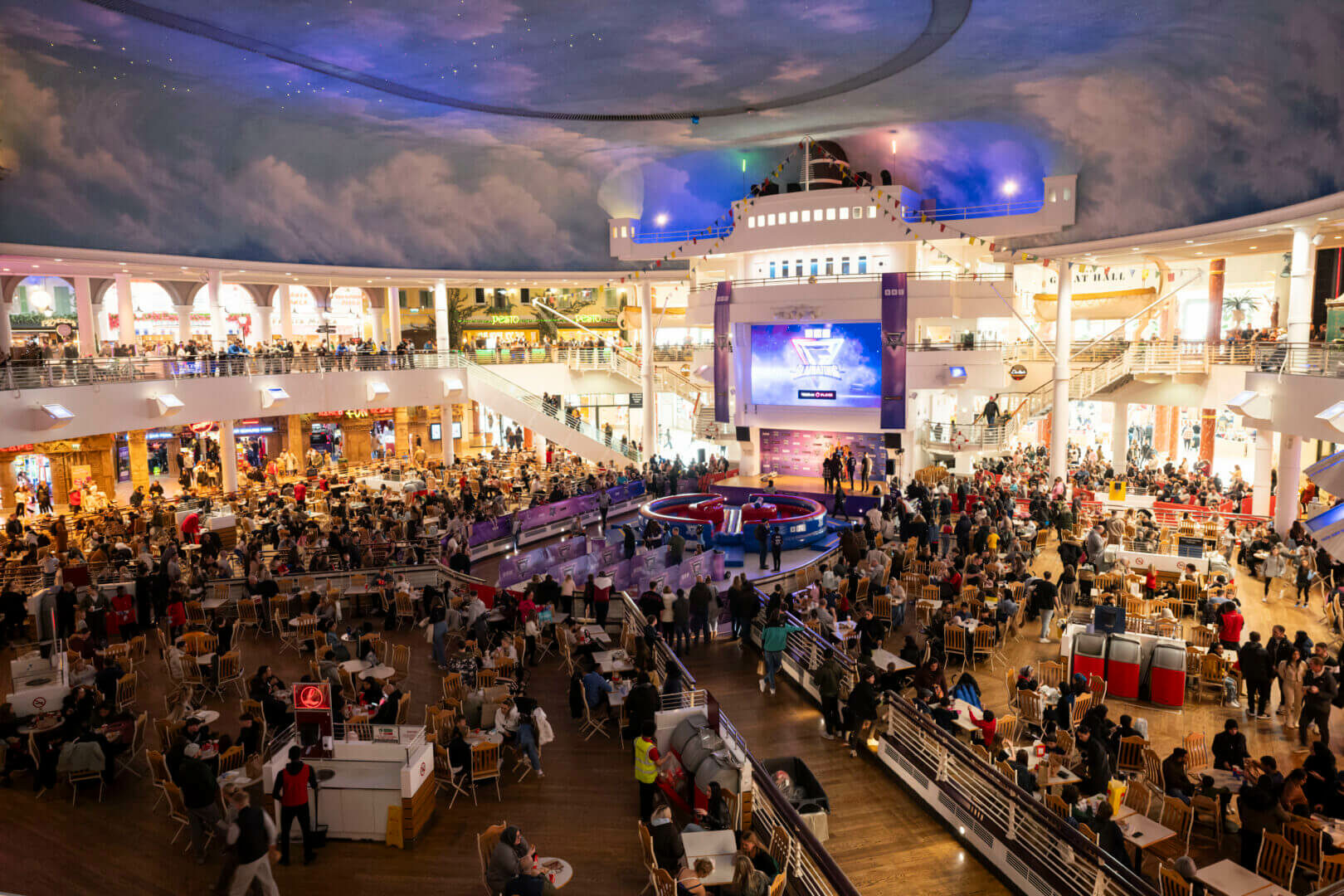China shows the way for a post COVID-19 world
Adapting Brands Amid Crisis: OOH’s Reassurance & Adaptation
There is no doubt that this is a scary time. The world has never faced a pandemic like this before with business closing their doors and employees losing their jobs.
In these confusing, and to be honest, scary times, brands need to make sure that they are adapting their language and reassuring their customers. Now more than ever, communities need to see support from their favourite brands and OOH, as a trusted medium, is playing a key part in the fight against the negative spiral.
At the forefront of this crisis has been China, with many businesses and brands in the region already having had to adapt to a new ‘normal’. During the lockdown, giants such as WeChat remained active, adapting their OOH activities to display messages of support, solidarity and hope. Across the globe we have seen similar messages of support for frontline healthcare workers or the millions of staff that are allowing us to eat, receive mail, buy food or medicines. The OOH industry has not only demonstrated the power of its platform but the strength of its community by coming together. United behind World Out of Home Organisation, media owners, agencies and specialists are helping shifting behaviours with the “stay at home” message.
As international OOH experts, COVID-19 has been keeping the Plexus team up at night for a while now. Our experience of working in the APAC region is giving us hope that this terrible outbreak has a pattern we can learn from and with light at the end of the tunnel. As China begins to show signs of recovery, we can look at how consumers are behaving.
After 75% of the Chinese population were isolated for eight weeks, it isn’t surprising to see reports that 80% of them are longing to spending time outdoors and 75% want to resume their lifestyle as soon as possible (GWI). A recent report from Kantar showed that everyone is looking forward to returning to the ‘new normal’ with out-of-home dining, gathering, shopping, entertainment, exercise and travel at the top of the “freedom” list.
Traffic figures are already picking up, as businesses open their doors and workers begin commuting again. Shenzhen Metro usage has been gradually increasing as the city reopens but remains well below normal footfall figures at about 34% compared to the same time last year. In Beijing, bike share schemes saw users increase by roughly 150%.
On top of this the numbers of domestic flights are starting to increase. According to the OAG, the last two weeks saw a 5.4% increase in scheduled flights, with flights at circa 60% loading capacity, far above the government’s initial predictions.
The travel industry will take a little more time to recover but GWI survey data shows 45% of the Chinese population are looking forward to traveling as soon as possible. Hardly surprising considering some families have been apart since the start of the Chinese New Year!
Nevertheless, the global aviation sector is undoubtedly facing huge challenges. Virgin Atlantic was the first airline to seek a government bailout as airports remain at reduced capacity. However, it isn’t the first global crisis the industry has faced. Historical figures show that there was a huge decline in flights during the 2003 SARS outbreak, shortly followed by 9/11 attacks and the financial credit crunch in 2008. The growth demonstrated by the sector and ability to recover after these events, gives us confidence the industry can bounce back once again. During this time of reflection for the aviation industry, they have an opportunity to look to further ‘future proof’ their businesses by looking to new methods of fleet management, airline consolidation, investigating cleaner energy and new technologies.
As the rest of the word is fighting the outbreak in parallel waves, China may see a decline in manufacturing orders but some domestic industries like retail and luxury fashion are already showing encouraging signs of recovery. According to China Daily, Jing Ulrich, JP Morgan’s Vice Chairman of Global Banking and Asia-Pacific, predicts that the Chinese economy will grow 15% quarter-on-quarter from April to June. After falling as much as 80% at the peak of the outbreak, there are reports of customers lining up to visit a Chanel boutique at a luxury mall in Hangzhou, a very encouraging sign that business is starting to pick up.
Globally, many brands have understandably taken the decision to cancel their media activities. The current mood and wider environment require them to quickly adapt media strategies, however by exiting the market completely brands are at risk of losing equity and awareness amongst consumers. More than ever before brands need to embrace change, be brave and engage consumers with positive messages to restore trust, confidence and leadership.
Communities are ready to take on the streets as soon as they are safe again and brands need to start thinking now about how they will celebrate being out-of-home with the rest of us. As for me, I will be on the first Eurostar to see my family and then on a sunny, sandy beach.
– Jonathan Everaere, International Business Director.



